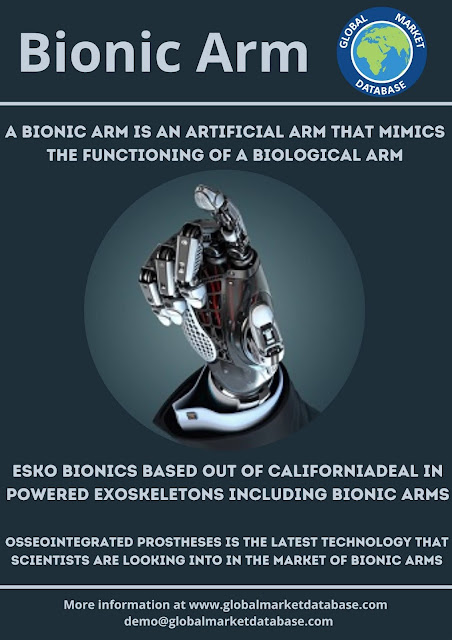Now Is the Time for You to Know the Truth about API Market

The acronym API stands for Active Pharmaceutical Ingredient . It is that chemical compound that creates the intended effect of the drug in the human body. Some drugs have multiple APIs to create a combination of effects to treat many symptoms. Otherwise, a single API that works in tandem with other APIs is also present. Production of APIs has been traditionally been performed in the home countries of pharmaceutical companies. However, in recent years, more and more pharmaceutical companies are finding it profitable to send their manufacturing overseas to cut the manufacturing costs. Top API Manufacturers TEVA Pharmaceuticals is the leading manufacturer of Active Pharmaceutical Ingredients. They hold the largest portfolio in the industry with over 300 Active Pharmaceutical Ingredients. Dr. Reddy’s an Indian-based company is another leading industry stalwart with over 60 APIs in use today. A few other industry giants are Pfizer an American-based company, Novartis a Swiss pha








